Animism: Books
Further resources, if available, can be found in our full bibliography.
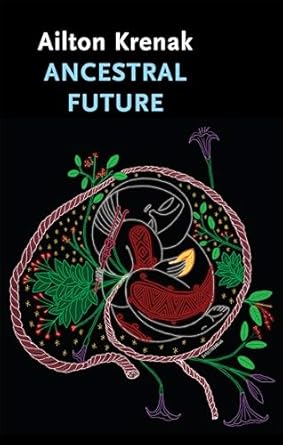
In response to the damage caused by centuries of colonial ravaging and the current ecological, political and social crises, the leading Indigenous thinker and activist Ailton Krenak warns against the power of corporate capitalism and its destructive impact. Capitalism encroaches on every corner of the planet and orients humans toward a future of promised progress, achievement and growth, but this future doesn’t exist–they just imagine it. This orientation to the future also blinds humans to what exists around them, to the plants and animals with which they share the Earth and to the rivers that flow through their lands. Rivers are not just resources to be exploited or channels to carry away waste, but they are beings that connect humans with their past. If there is a future to imagine, it is ancestral, since it is already present in the here and now and in that which exists around humans, in the rivers and mountains and trees that are their kin. In a spoken language that has the mark of ancestral oral wisdom, Krenak offers a new perspective that challenges and disrupts some of the assumptions that underpin Western attitudes and mentalities. His work will be of great interest to anyone concerned about the climate crisis and the worsening plight of this planet.
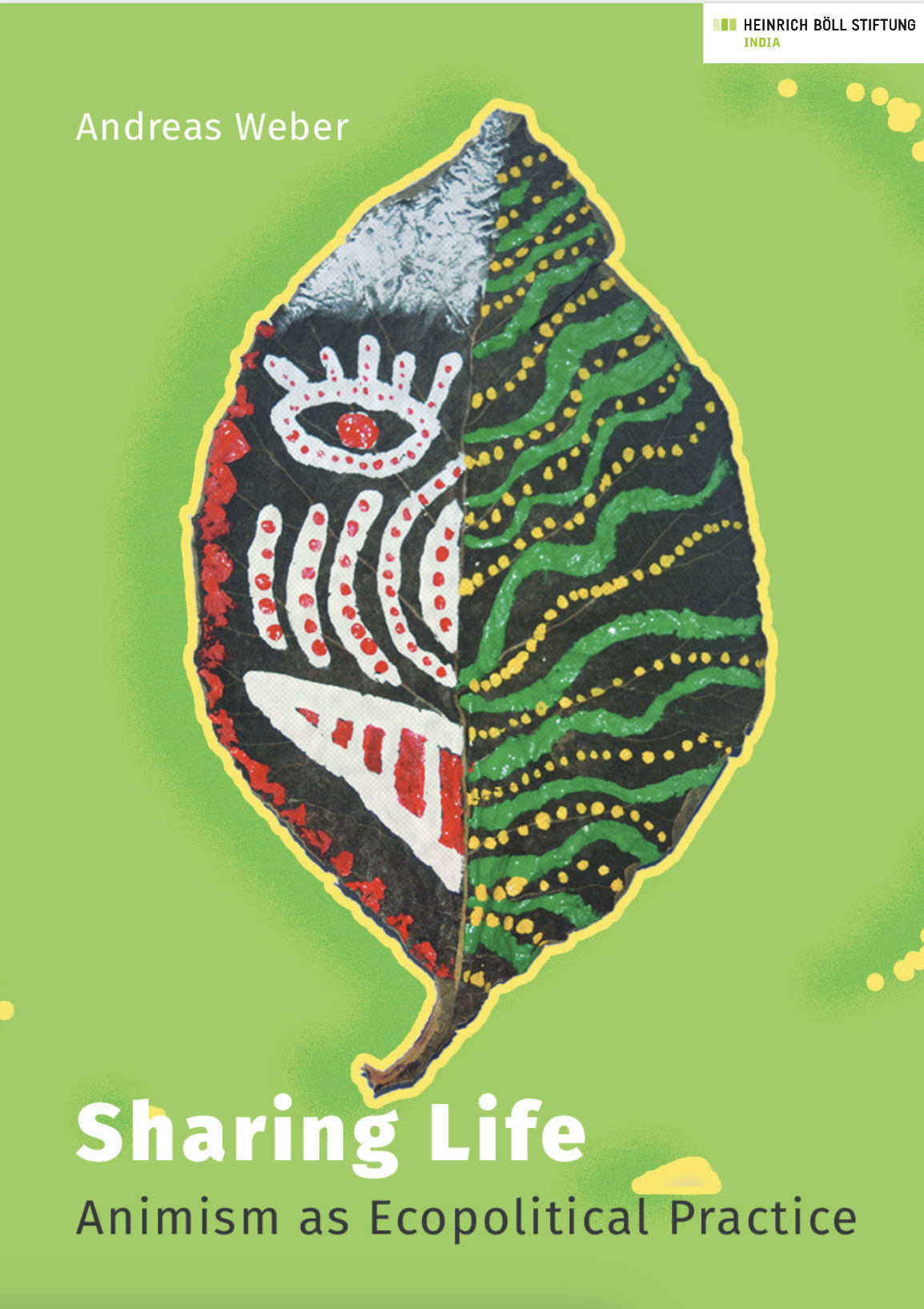
This essay proposes animism as a strategy to readjust humanity’s relationship to Earth–the shared life of human and non-human beings. The essay suggests exploring emerging ideas in anthropology and biosemiotics which highlight the animistic understanding that the material world displays subjectivity, feeling, and personhood. The insistence of western culture to rely only on a material science and to declare aliveness an illusion is a colonization of the living cosmos, which severs humans from their aliveness and destroys the lives of other beings–humans and non-humans alike. This essay asks animistic cultures for guidance in a process of western self-decolonisation. The shift towards new animistic perspectives and practice must come about as dialogue in which western thinking is willing to undergo radical and painful changes. Then animism can lead humans into a truly new worldview of the Anthropocene, where human and non-human agency contribute to a fecund Earth.
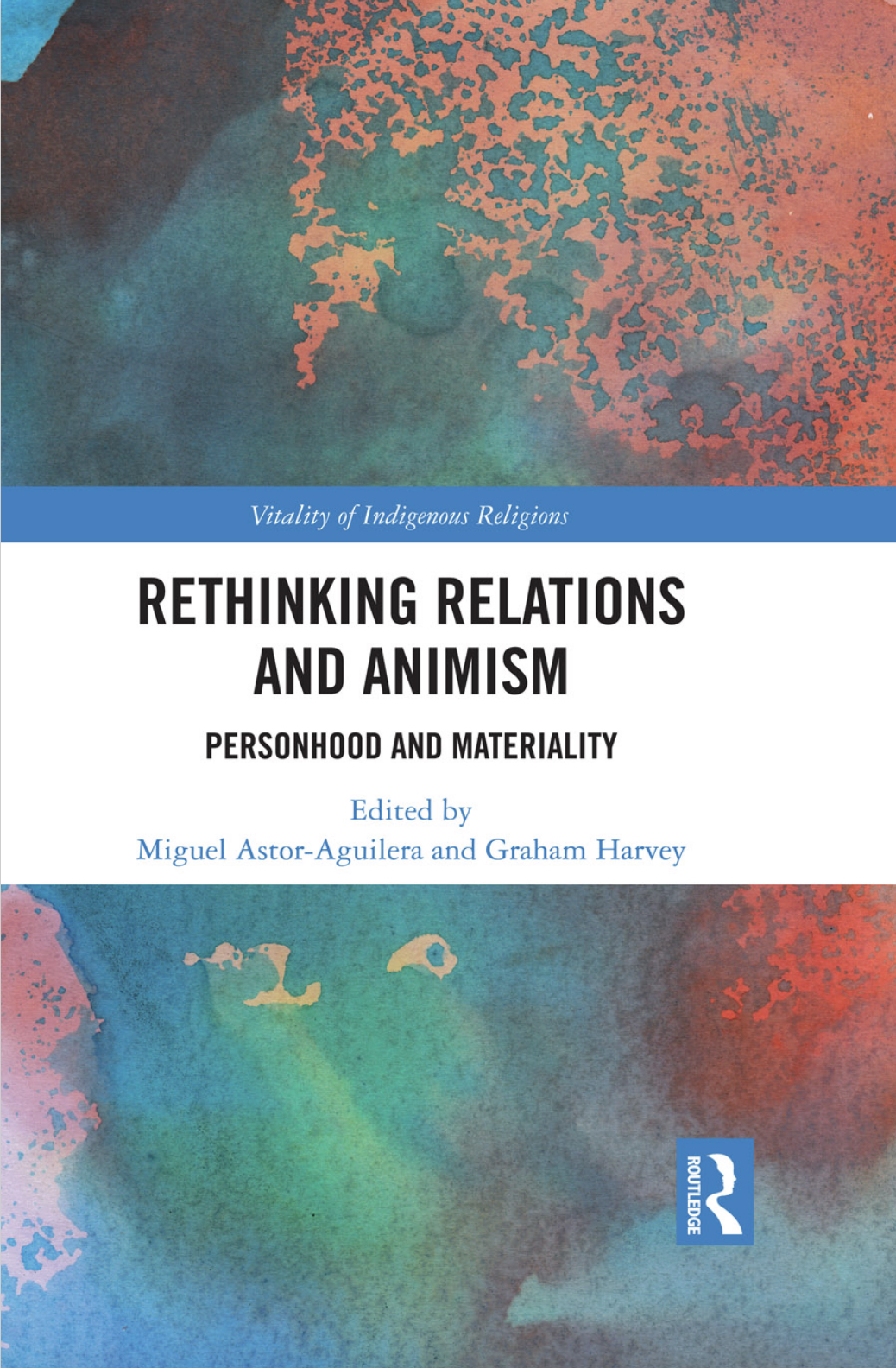
Rethinking Relations and Animism: Personhood and Materiality
Miguel Astor-Aguilera, Graham Harvey
Routledge
2018
Personhood and relationality have re-animated debate in and between many disciplines. Scholars are in the midst of a simultaneous “ontological turn,” a “(re)turn to things” and a “relational turn,” and also debating a “new animism.” It is increasingly recognised that the boundaries between the “natural” and “social” sciences are of heuristic value but might not adequately describe the reality of a multi-species world. Following rich and provocative dialogues between ethnologists and Indigenous experts, relations between the received knowledge of Western Modernity and that of people who dwell and move within different ontologies have shifted. Reflection on human relations with the larger-than-human world can no longer rely on the outdated assumption that “nature” and “cultures” already accurately describe the lineaments of reality. The chapters in this volume advance debates about relations between humans and things, between scholars and others, and between Modern and Indigenous ontologies. They consider how terms in diverse communities might hinder or help express, evidence and explore improved ways of knowing and being in the world. Contributors to this volume bring different perspectives and approaches to bear on questions about animism, personhood, materiality, and relationality. They include anthropologists, archaeologists, ethnographers, and scholars of religion.
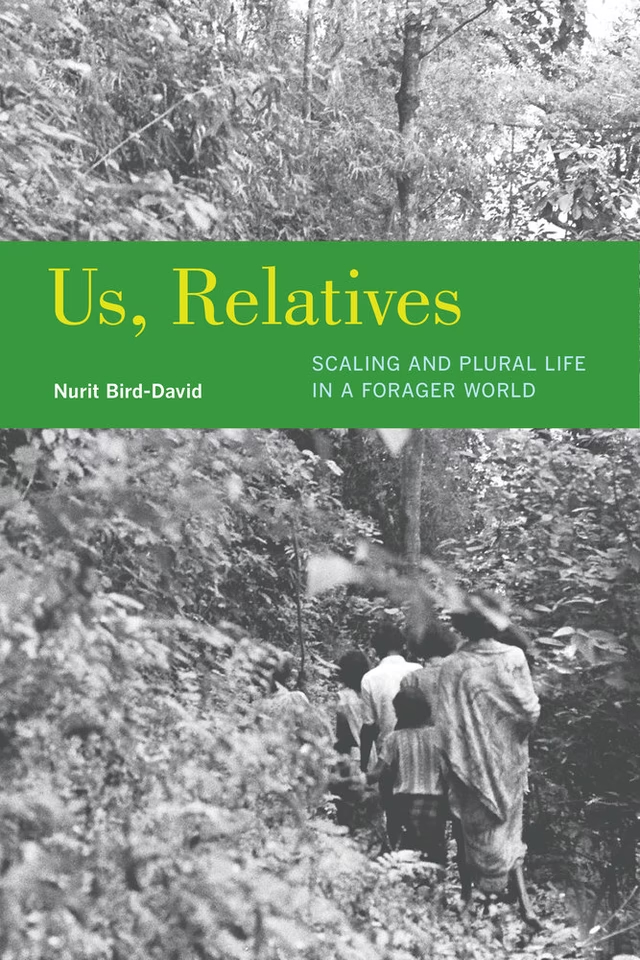
Us, Relatives: Scaling and Plural Life in a Forager World
Nurit Bird-David
University of California Press
2017
Anthropologists have long looked to forager-cultivator cultures for insights into human lifeways. But they have often not been attentive enough to locals’ horizons of concern and to the enormous disparity in population size between these groups and other societies. Us, Relatives explores how scalar blindness skews one’s understanding of these cultures and the debates they inspire. Drawing on her long-term research with a community of South Asian foragers, Nurit Bird-David provides a scale-sensitive ethnography of these people as she encountered them in the late 1970s and reflects on the intellectual journey that led her to new understandings of their lifeways and horizons. She elaborates on Indigenous modes of “being many” that have been eclipsed by scale-blind anthropology, which generally uses its large-scale conceptual language of persons, relations, and ethnic groups for even tiny communities. Through the idea of pluripresence, Bird-David reveals a mode of plural life that encompasses a diversity of humans and non-humans through notions of kinship and shared life. She argues that this mode of belonging subverts the modern ontological touchstone of “imagined communities,” rooted not in sameness among dispersed strangers but in intimacy among relatives of infinite diversity.
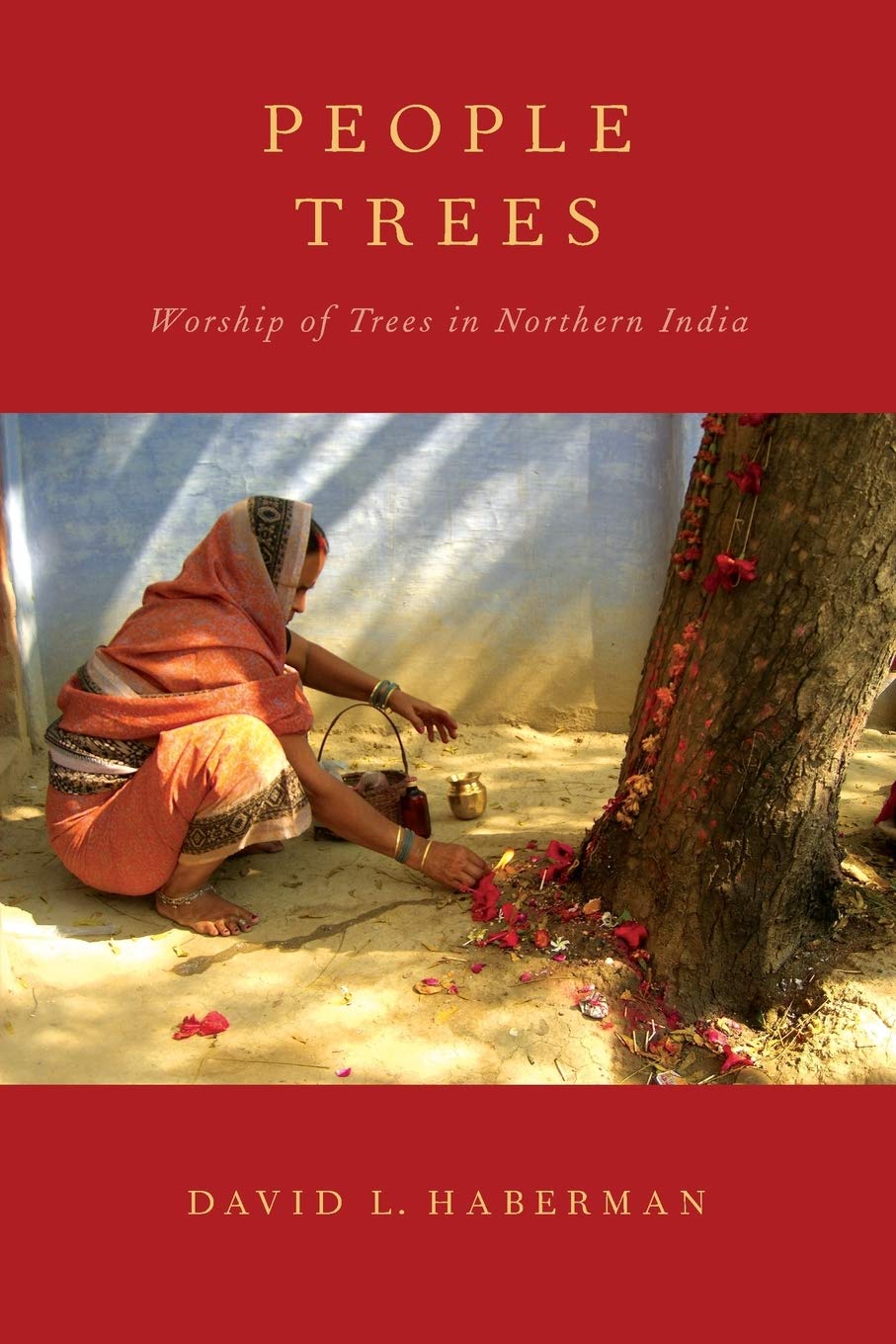
This is a book about religious conceptions of trees within the cultural world of tree worship at the tree shrines of northern India. Sacred trees have been worshiped for millennia in India, and today tree worship continues there with abundance among all segments of society. In the past, tree worship was frequently regarded by many Western anthropologists and scholars of religion as a prime example of childish animism or primitive religion, while more recently this aspect of world religious cultures is almost completely ignored in the theoretical concerns of the day. Striving to avoid both of these dismissive attitudes while seriously investigating the world of Indian tree worship can help us understand much about not only this prominent feature of the landscape of South Asian religion but also something generally about the cultural construction of nature, as well as religion overall. This book reevaluates concepts such as animism, anthropomorphism, and personhood in the context of the worship of the pipal, a tree of mighty and ambiguous power; the neem, an embodied form of a goddess whose presence is enhanced with colorful ornamentation and a facemask appended to its trunk; and the banyan, a tree noted for its association with longevity and immortality. Here is a spirited exploration of the practical consequences, perceptual possibilities, and implicit environmental ethics suggested by Indian notions about sacred trees.
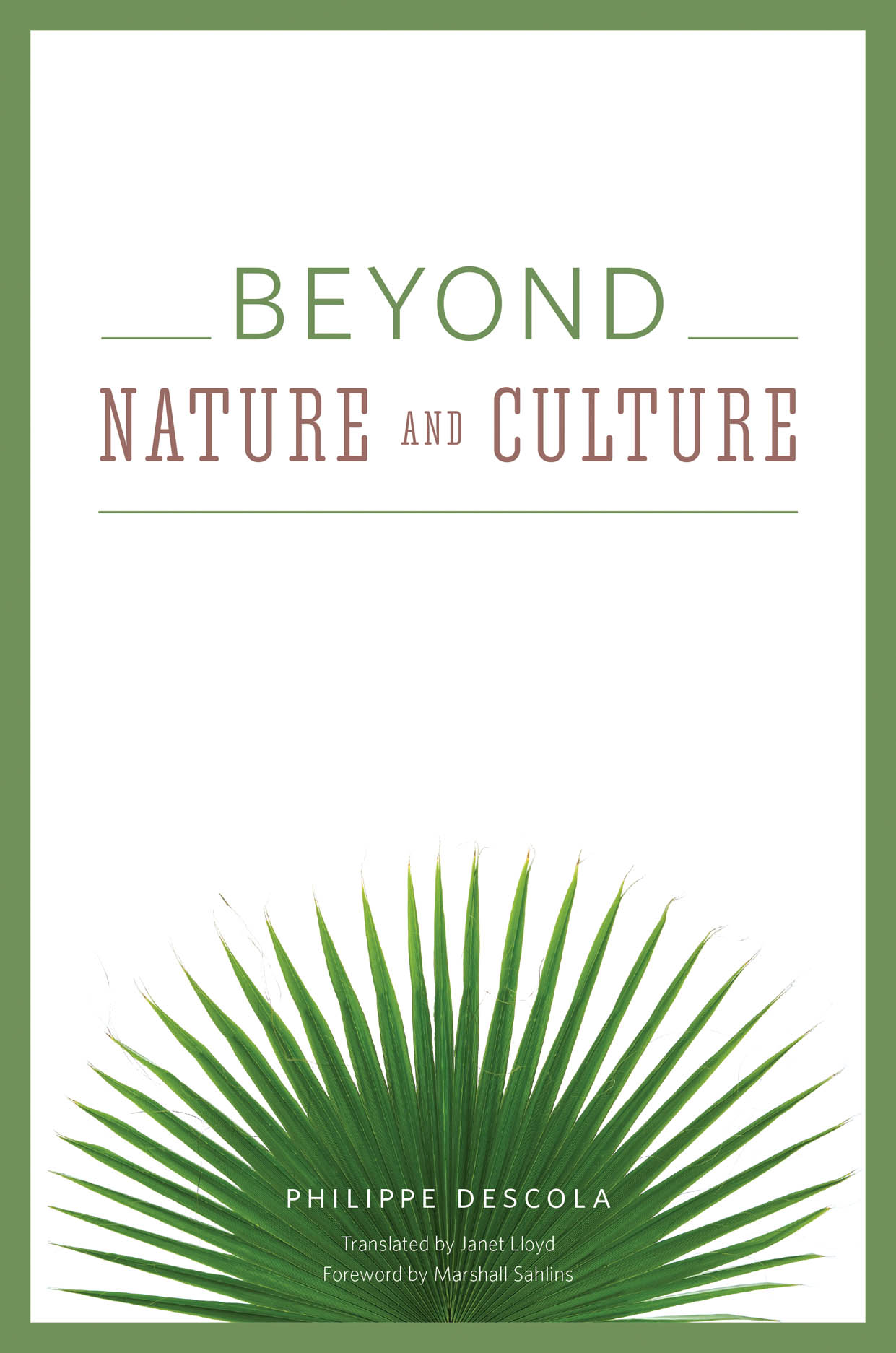
Philippe Descola has become one of the most important anthropologists working today, and Beyond Nature and Culture has been a major influence in European intellectual life since its French publication in 2005. At its heart is a question central to both anthropology and philosophy: what is the relationship between nature and culture? Culture–as a collective human making, of art, language, and so forth–is often seen as essentially different from nature, which is portrayed as a collective of the non-human world, of plants, animals, geology, and natural forces. Descola shows this essential difference to be, however, not only a specifically Western notion, but also a very recent one. Drawing on ethnographic examples from around the world and theoretical understandings from cognitive science, structural analysis, and phenomenology, he formulates a sophisticated new framework, the “four ontologies”– animism, totemism, naturalism, and analogism–to account for all the ways that humans relate themselves to nature. By thinking beyond nature and culture as a simple dichotomy, Descola offers nothing short of a fundamental reformulation by which anthropologists and philosophers can see the world afresh.
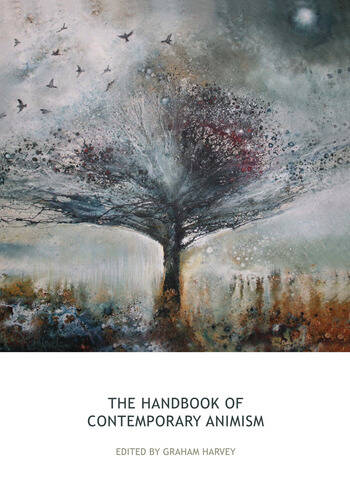
The Handbook of Contemporary Animism brings together an international team of scholars to examine the full range of animist worldviews and practices. The volume opens with an examination of recent approaches to animism. This is followed by evaluations of ethnographic, cognitive, literary, performative, and material culture approaches, as well as advances in activist and Indigenous thinking about animism. This handbook will be invaluable to students and scholars of Religion, Sociology and Anthropology.
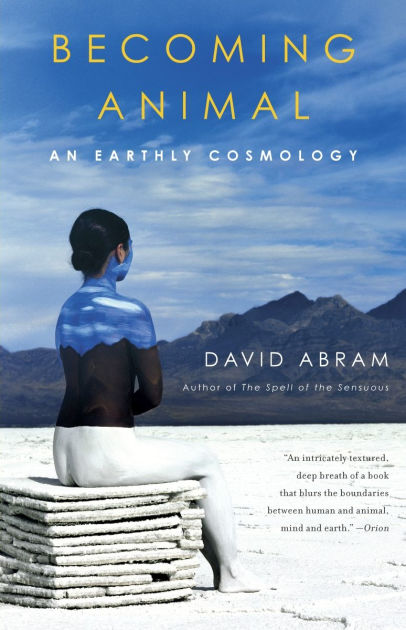
David Abram’s first book, The Spell of the Sensuous, has become a classic of environmental literature. Now he returns with a startling exploration of human entanglement with the rest of nature. As the climate veers toward catastrophe, the innumerable losses cascading through the biosphere make vividly evident the need for a metamorphosis in human relations to the living land. For too long humans have ignored the wild intelligence of their bodies, taking their primary truths from technologies that hold the living world at a distance. Abram’s writing subverts this distance, drawing readers ever closer to their animal senses in order to explore, from within, the elemental kinship between the human body and the breathing Earth. The shape-shifting of ravens, the erotic nature of gravity, the eloquence of thunder, the pleasures of being edible: all have their place in this book.
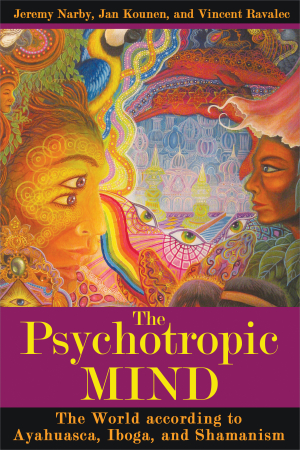
The Psychotropic Mind: The World According to Ayahuasca, Iboga, and Shamanism
Jeremy Narby, Jan Kounen, Vincent Ravalec
Park Street Press
2009
In the Amazon, shamans do not talk in terms of hallucinogens but of tools for communicating with other lifeforms. Ayahuasca, for example, is first and foremost a means of breaking down the barrier that separates humans from other species, allowing for cross-species communication. The introduction of plant-centered shamanism into the Western world in the 1970s was literally the meeting of two entirely different paradigms. In The Psychotropic Mind, three of the individuals who have been at the forefront of embracing other ways of knowing look at the ramifications of the introduction of these shamanic practices into Western culture and the psychotropic substances that support them. With rare sincerity and depth, noted anthropologist Jeremy Narby, filmmaker Jan Kounen, and writer/filmmaker Vincent Ravalec explore the questions of sacred plants, initiations, hallucinogens, and altered states of consciousness, looking at both the benefits and dangers that await those who seek to travel this path. Focusing specifically on ayahuasca and iboga, psychotropic substances with which the authors are intimately familiar, they examine how humans can best learn the other ways of perceiving the world found in Indigenous cultures, and how this knowledge offers immense benefits and likely solutions to some of the modern world’s most pressing problems.
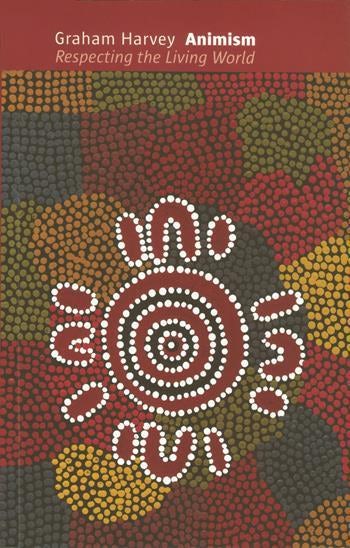
How have human cultures engaged with and thought about animals, plants, rocks, clouds, and other elements in their natural surroundings? Do animals and other natural objects have a spirit or soul? What is their relationship to humans? In this new study, Graham Harvey explores current and past animistic beliefs and practices of Native Americans, Maori, Aboriginal Australians, and eco-pagans. He considers the varieties of animism found in these cultures as well as their shared desire to live respectfully within larger natural communities. Drawing on his extensive casework, Harvey also considers the linguistic, performative, ecological, and activist implications of these different animisms.
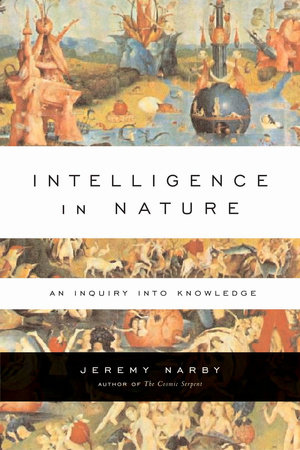
Continuing the journey begun in his acclaimed book The Cosmic Serpent, the noted anthropologist ventures firsthand into both traditional cultures and the most up-to-date discoveries of contemporary science to determine nature’s secret ways of knowing. Anthropologist Jeremy Narby has altered how readers understand the Shamanic cultures and traditions that have undergone a worldwide revival in recent years. Now, in one of his most extraordinary journeys, Narby travels the globe–from the Amazon Basin to the Far East–to probe what traditional healers and pioneering researchers understand about the intelligence present in all forms of life. Intelligence in Nature presents overwhelming illustrative evidence that independent intelligence is not unique to humanity alone. Indeed, bacteria, plants, animals, and other forms of non-human life display an uncanny penchant for self-deterministic decisions, patterns, and actions. Narby presents the first in-depth anthropological study of this concept in the West. He not only uncovers a mysterious thread of intelligent behavior within the natural world but also probes the question of what humanity can learn from nature’s economy and knowingness in its own search for a saner and more sustainable way of life.
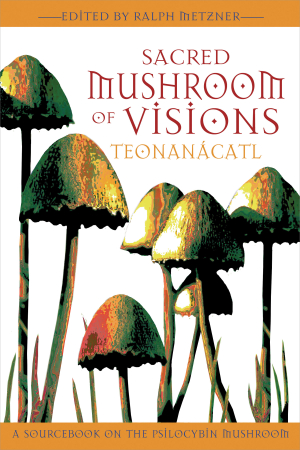
Teonanácatl was the name given to the visionary mushrooms used in ancient Mesoamerican shamanic ceremonies, mushrooms that contain psilocybin, the psychoactive agent identified by Swiss chemist Albert Hofmann, the discoverer of LSD. The rediscovery of these visionary mushrooms by the Mazatec healer Maria Sabina and mycologist R. Gordon Wasson ignited a worldwide mushroom culture that inspired the consciousness revolution of the 1960s. This book describes in vivid detail the consciousness-expanding experiences of psychoactive mushroom users–from artists to psychologists–and the healing visionary inspiration they received. It provides firsthand accounts of studies performed in the controversial Harvard Psilocybin Project, including the Concord Prison study and the Good Friday study. It describes how the use of the psilocybe mushroom spread from the mountains of Mexico into North America, Asia, and Europe by seekers of consciousness-expanding experiences. It also details how psilocybin has been used since the 1960s in psychotherapy, prisoner rehabilitation, the enhancement of creativity, and the induction of mystical experiences and is being studied as a treatment for obsessive compulsive disorder (OCD).
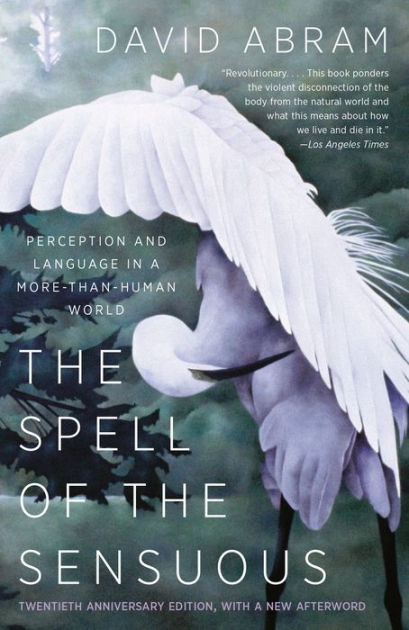
The Spell of the Sensuous: Perception and Language in a More-Than-Human World
David Abram
Vintage Books
1996
In The Spell of the Sensuous, David Abram draws on sources as diverse as the philosophy of Merleau-Ponty, Balinese shamanism, Apache storytelling, and his own experience as an accomplished sleight-of-hand of magician to reveal the subtle dependence of human cognition on the natural environment. He explores the character of perception and excavates the sensual foundations of language, which–even at its most abstract–echoes the calls and cries of the Earth. On every page of this lyrical work, Abram weaves his arguments with a passion, a precision, and an intellectual daring that recall such writers as Loren Eisleley, Annie Dillard, and Barry Lopez.
Photo Credit: Aaron Burden/Unsplash